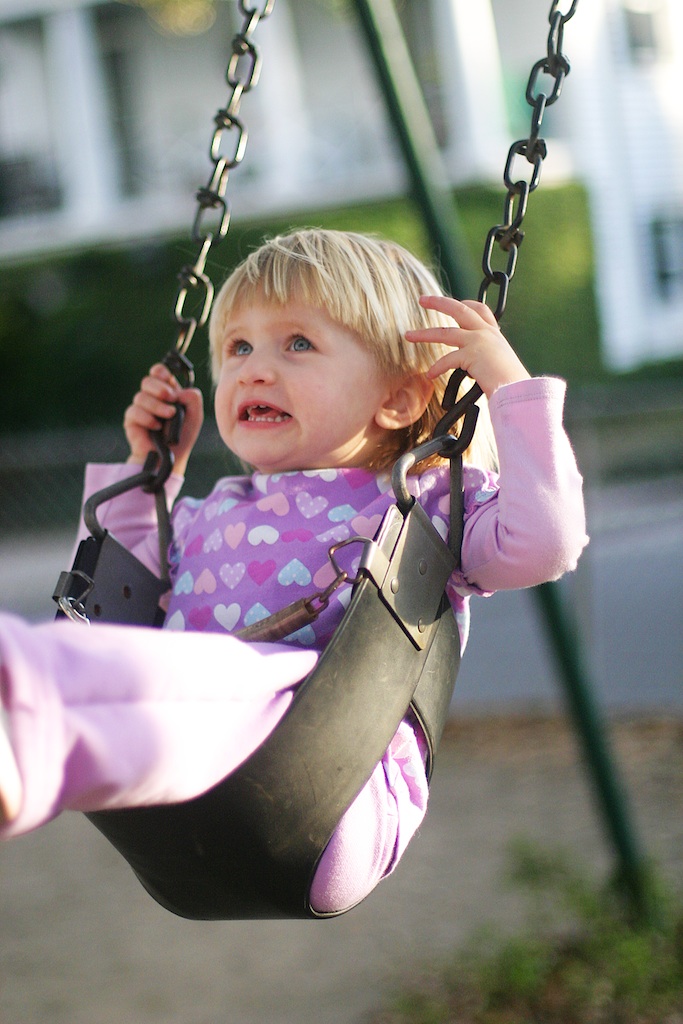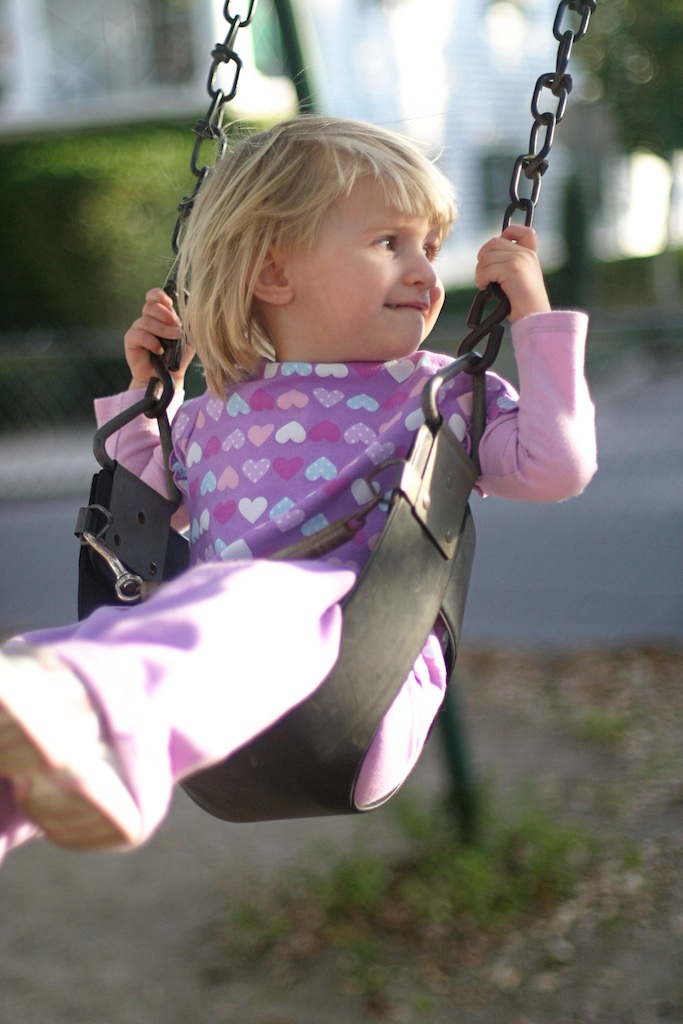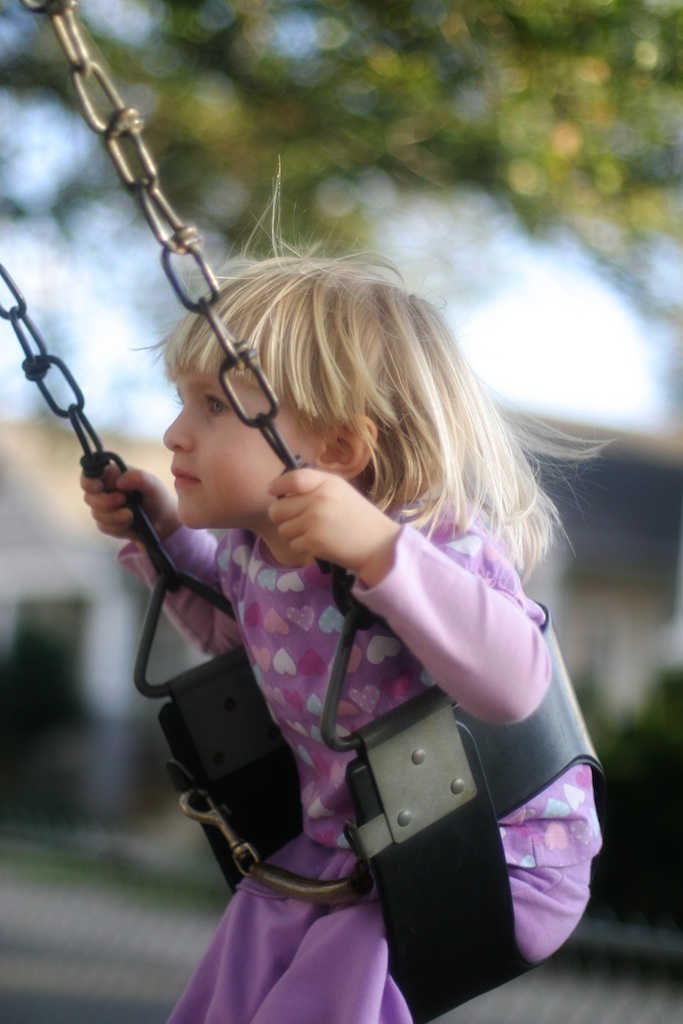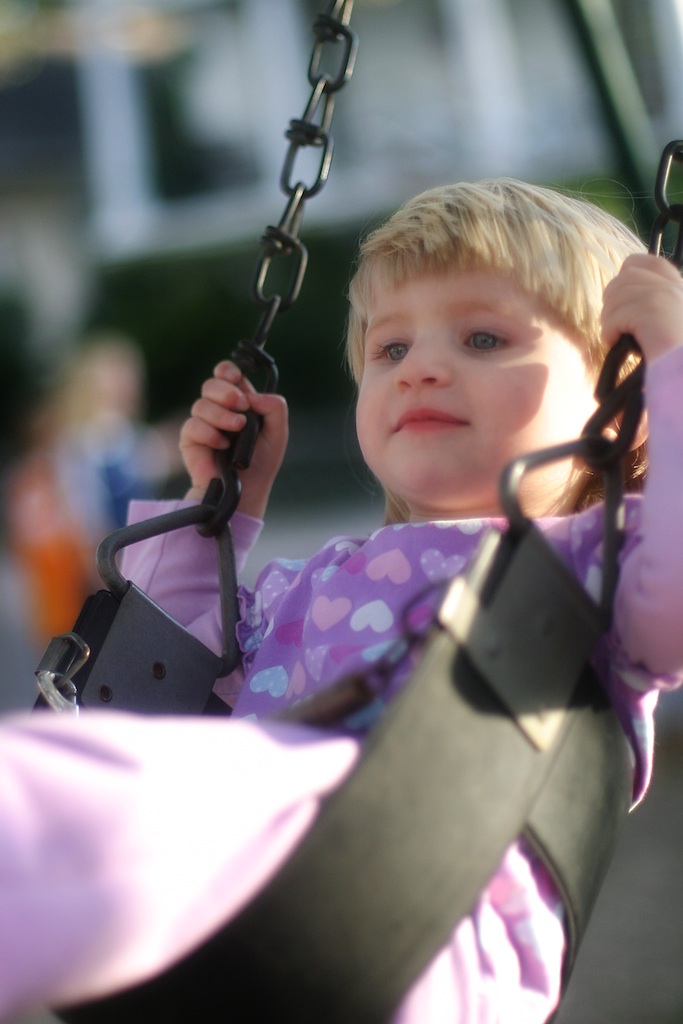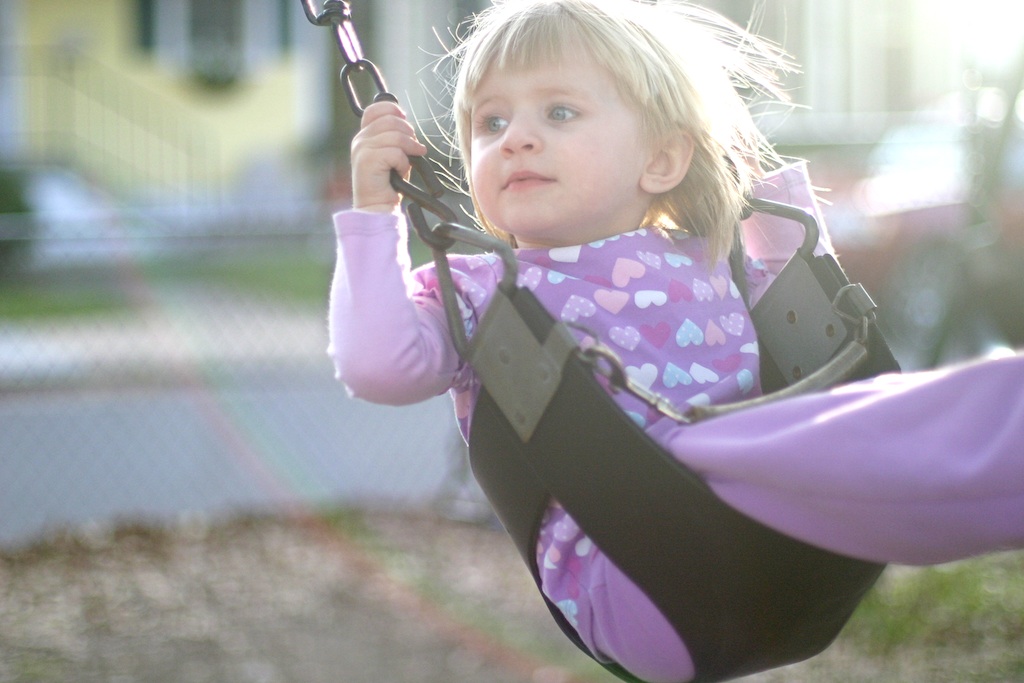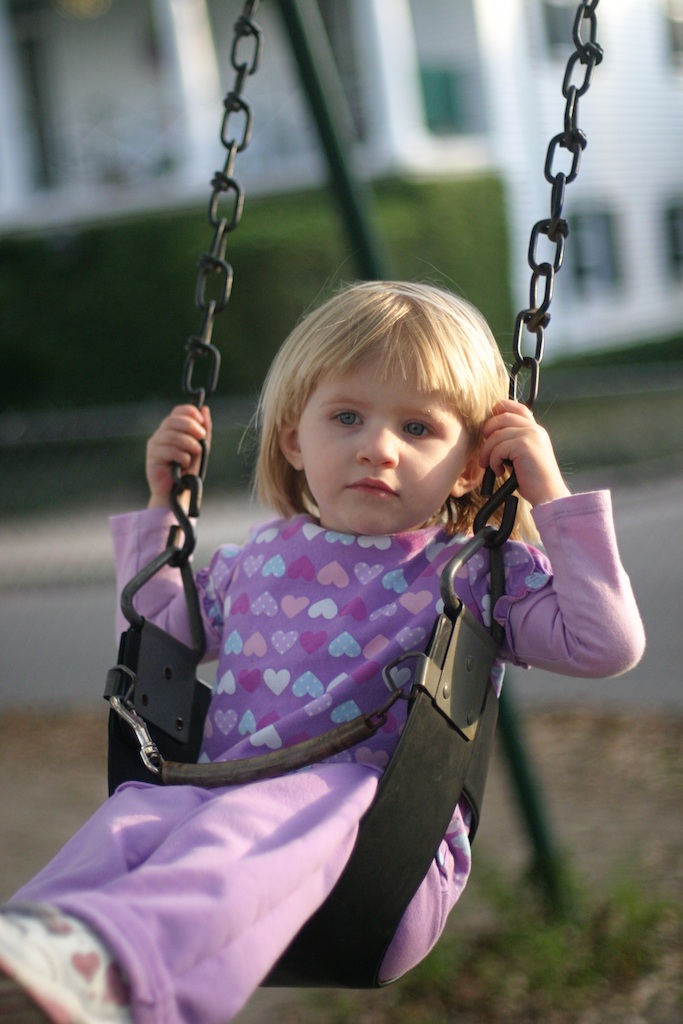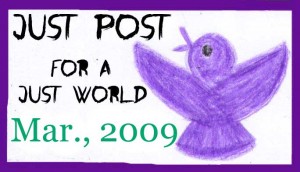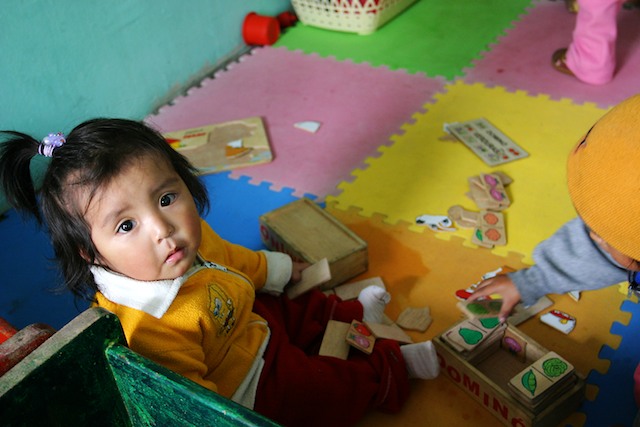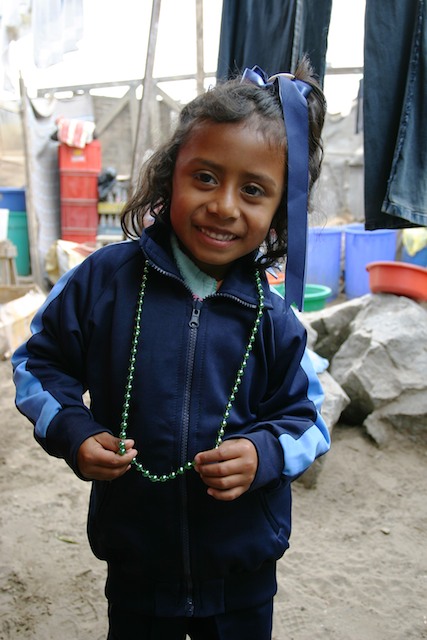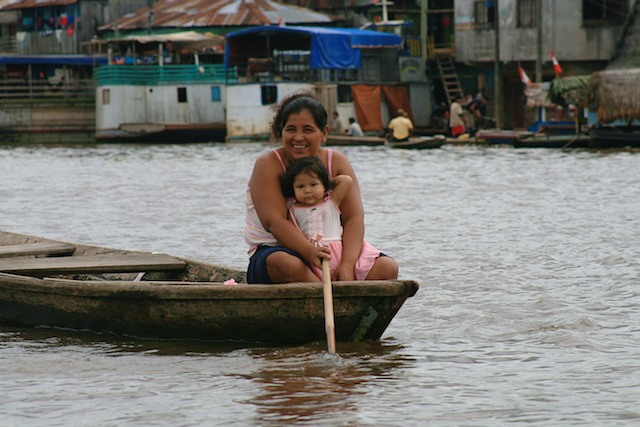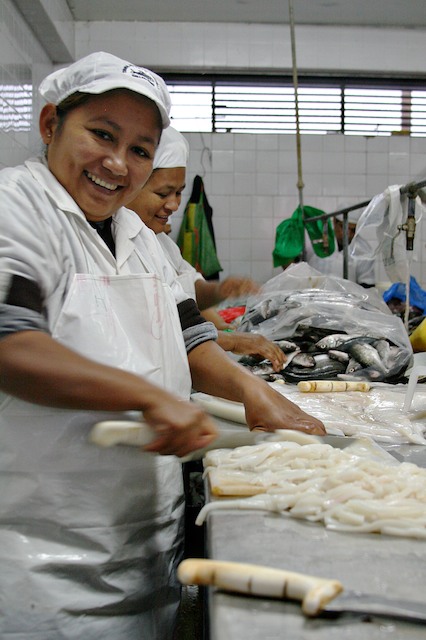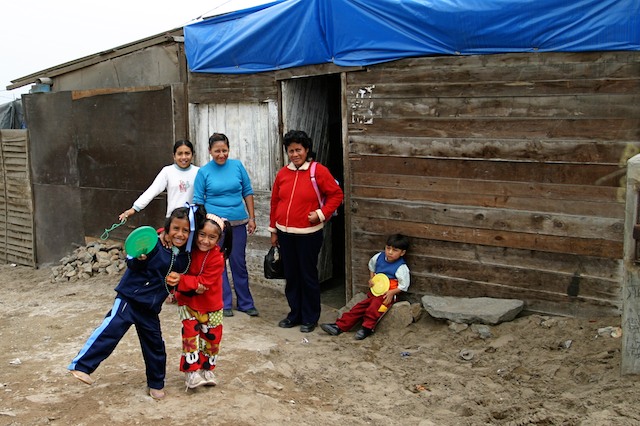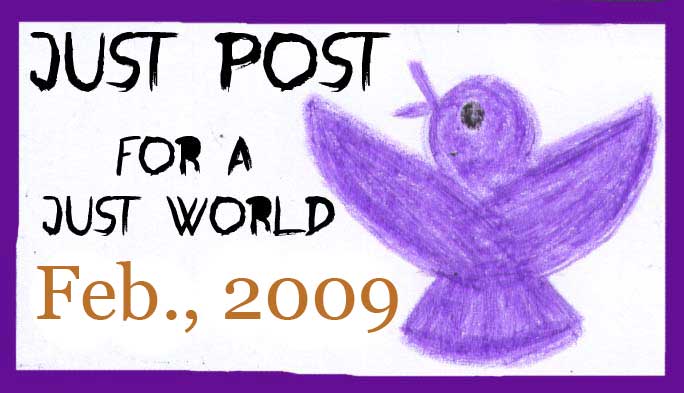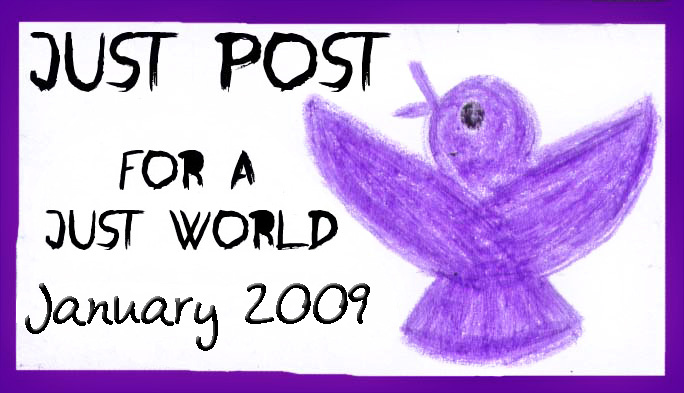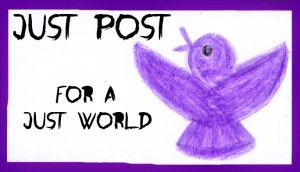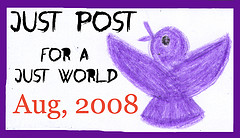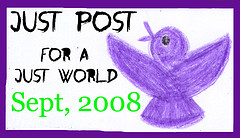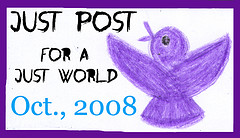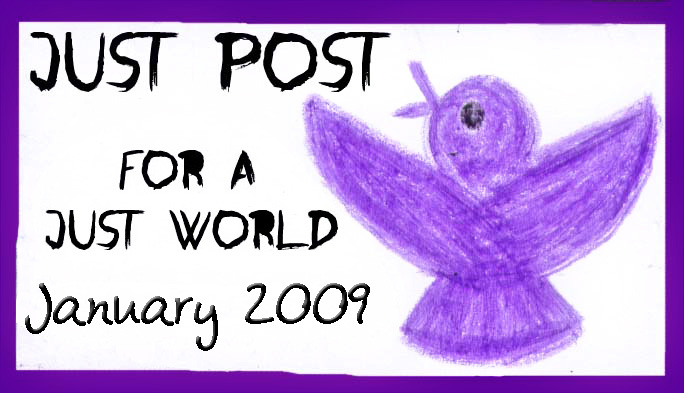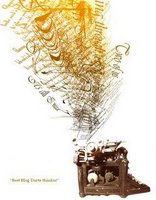You don’t want to meet the new boy in town.
Jazz Fest has graciously occupied all extraneous space in our lives over the past two weeks, allowing only minimal time for me to feed my inner-epidemiologist with all of the emerging news related to H1N1 flu. In the mean time, New Orleans has come into the flu pandemic fold with an 8-year old testing positive for H1N1 at a local elementary school. That school has voluntarily decided to shut down for a few days for thorough cleaning and for good reason. Because it’s the smart thing to do, and by relation, I believe the right thing to do.
One confirmed case triggering a three-day school closure does not suggest panic, imminent doom, or apocalypse. Some may wonder, then, that if there were more confirmed cases, would it be reason for us to panic? Well, no. There is never a time to panic.
It is, however, a good time to gather up a few smarts.
The mis-information is all over the place, and the backlash from the efforts of public health authorities to minimize disease is complaint topic du jour. I don’t profess to be a flu researcher or an expert on pandemic disease, but I am a public health professional and I get the basics.
Here is what I can do:
– clarify what pandemic is
– explain why flu is a big deal, and
– provide some background to why things like school closures are important.
The term pandemic describes spread of disease and has nothing to do with severity. Stages of a pandemic tell us where we are in our planning and preparedness – issues like whether we have time to stockpile vaccine (if one is available), if we should consider quarantine, or knowing whether the illness has run it’s course or if the number of new cases are expected to accelerate. So when WHO or the CDC declares a pandemic, they are saying that a new illness has spread across continents. The stages tell us where we should be in our mitigation strategies.
Understanding why flu is a big deal is a bit more complicated. We are all very familiar with seasonal flu. Seasonal flu is threat to individuals with low immunity – particularly young children and the elderly. Our immune systems are building until about age 20 and then begin to develop weaknesses at around age 40. The seasonal flu takes advantage of the developing or weakening immune systems to cause illness. When people die of influenza, the most common reason is actually bacterial: influenza weakens the system and an opportunistic bacteria takes hold. Deaths from pneumonia are therefore sometimes understood as deaths attributed to seasonal influenza. In general, we expect roughly 36,000-40,000 Americans to die each year of seasonal influenza. The exact numbers are a little shaky because every person who dies each year isn’t tested for influenza; causes of death are not so cut and dry. Death certificates reflect this by allowing for a list of factors that lead to death.
Seasonal flu is somewhat predictable in pattern. It worsens in the winter months and is of a repetitive strain of flu that has already been through a population, meaning that there will already be some type of natural immunity. Flu vaccines are made from the best predictions of the type of mutations and strains that will be seen over a flu season. A pandemic flu is one that has not previously been seen and therefore, the population has no naturally immunity (usually this implies a direct animal-to-human transfer).
H1N1 is alarming to the health community because it’s never been seen in this particular genetic composition before. What was surprising about this particular strain is it’s composition: it holds genes from human, avian, and swine flu viruses. Further, it showed the ability to spread human-to-human through causal contact. Thankfully, the strain is not virulent. However, with each new host (whether mammal or avian) the virus gets another opportunity to mutate.
Mutation is what makes flu such a big deal. It means that it can change over and over again, keeping whatever characteristics are the most effective at being spread over large numbers of hosts.
The influenza pandemic of 1918 killed more people in less time than any other disease before or since. The 1918 flu was swift and vicious. It claimed the healthiest of people (mortality in the 20-40 age group far exceeded that of other groups who would typically been seen as the most vulnerable) and took them within days, killing them through suffocation as they bled into their lungs. The reports from survivors are gruesome. The trauma of the event is blamed to be the reason we know so little about it now: because the survivors simply had to force themselves to forget it in order to function. Current estimates are that 50-100 million people died in the pandemic. In the United States, 28% of the population is estimated to have been ill with 500,000 to 675,000 people dying.
Until 2005, we didn’t know what type of virus was contained in the 1918 flu. Now we know it was H1N1 and that it was avian in it’s source. Scientists believe that the 1918 flu struck after several seasons of related flu – flu of the same type that simply needed a few years of mutation in order to acquire the gene characteristics for it cause a pandemic.
Unlike bacteria, viruses are not alive. They are strands of DNA and RNA encased in protective shells that require live cell hosts. Most viruses have a consistent shape, but flu can exist in many shapes. One characteristic shared by all flu viruses are little spears that come up from the surface of the protective shell. There are two type of spears. One is protein called hemagglutinin and the other is an enzyme called neuraminidase. We know of 16 varieties of hemagglutinin and 9 of neuraminidase, and these are how influenza strains are identified… as H1 to H16 and N1 to N9. Until 1997, it was believed that only H1, H2, and H3 could infect humans.
In 1997, children in China who had contact with birds died from flu that was identified at H5N1. Birds all over Asian were culled in an effort to halt bird-to-human spread of disease. Human-to-human spread was very limited, happening only in situations between individuals with direct, care-giving contact. In other words, the virus (while virulent) had not acquired the ability to spread easily and has thus far been containable.
We know that the flu of 1918 and H5N1 have some similar characteristics. They are both avian viruses, for one. But the most striking is that they work by turning the immune system against the host provider, causing an inflammatory response. Hence why they are so efficient in destroying the internal organs of otherwise perfectly healthy people in the prime of life.  However, here is one important difference: as devastating as the 1918 pandemic was, the case fatality rate was thought to be about 5%. The outbreaks of H5N1 have had case fatality rates of over 50%. Not even the worst outbreaks of Ebola (at 40% case fatality) can match that terrifying level.
The question that keeps health scientists up at night is when and where H5N1 is going to mix with other strains of flu… ones that have the qualities of being spread through causal contact. It’s not IF it does this. It’s WHEN.
So. Back to our current H1N1. The good news is that it doesn’t seem to be particularly virulent. But how virulent would a flu have to be in order to cripple the medical infrastructure of a community? In a city like New Orleans, with a scarcity of hospital beds, a widespread case of mild flu over that of the expected seasonal flu disease burden could easily become a disaster. One of the best ways we know to prevent the spread of disease is to limit opportunities for contact — especially within schools. Particularly in the early days of an outbreak, when we are still trying to understand the etiology of a disease, closing a school due to a confirmed case of the new flu type is a good idea.
It doesn’t mean that anyone is panicking. It doesn’t mean that the health department is going overboard. It means that people are paying attention and acting accordingly.
